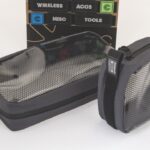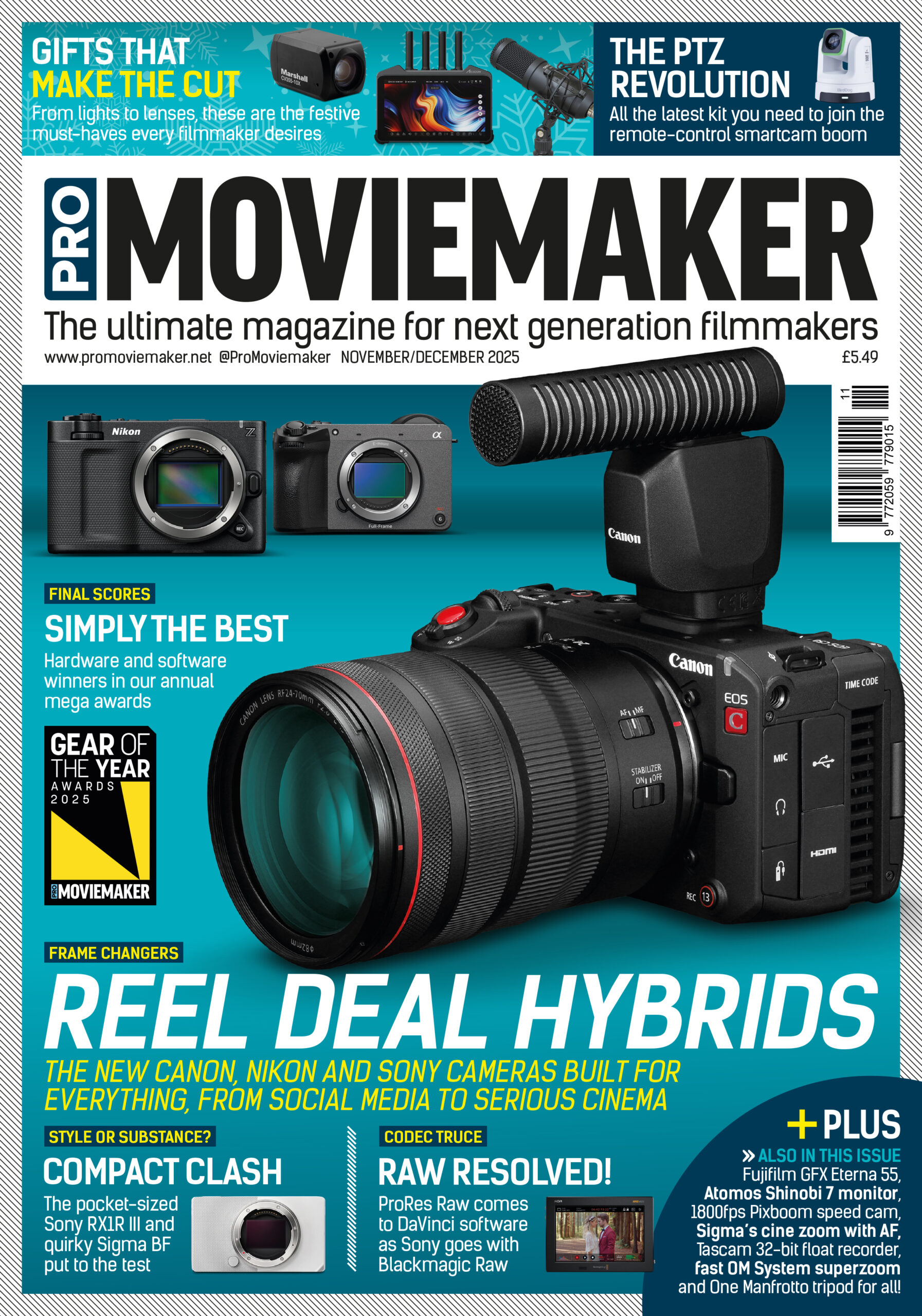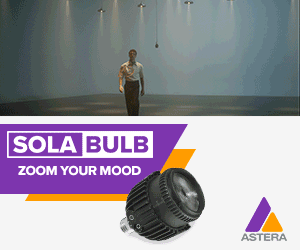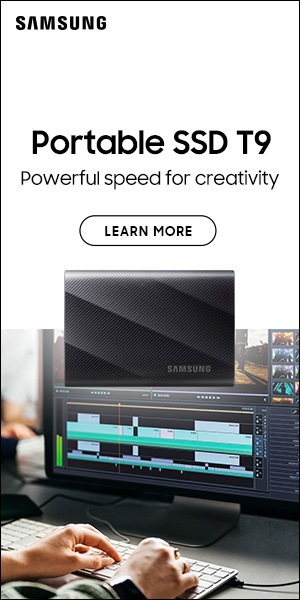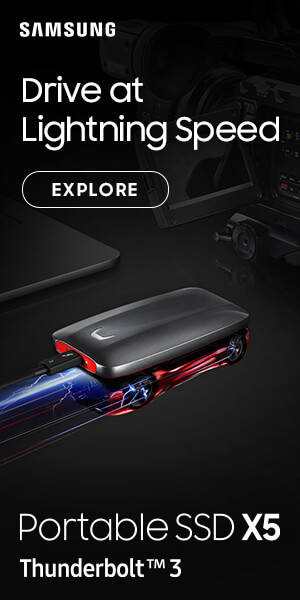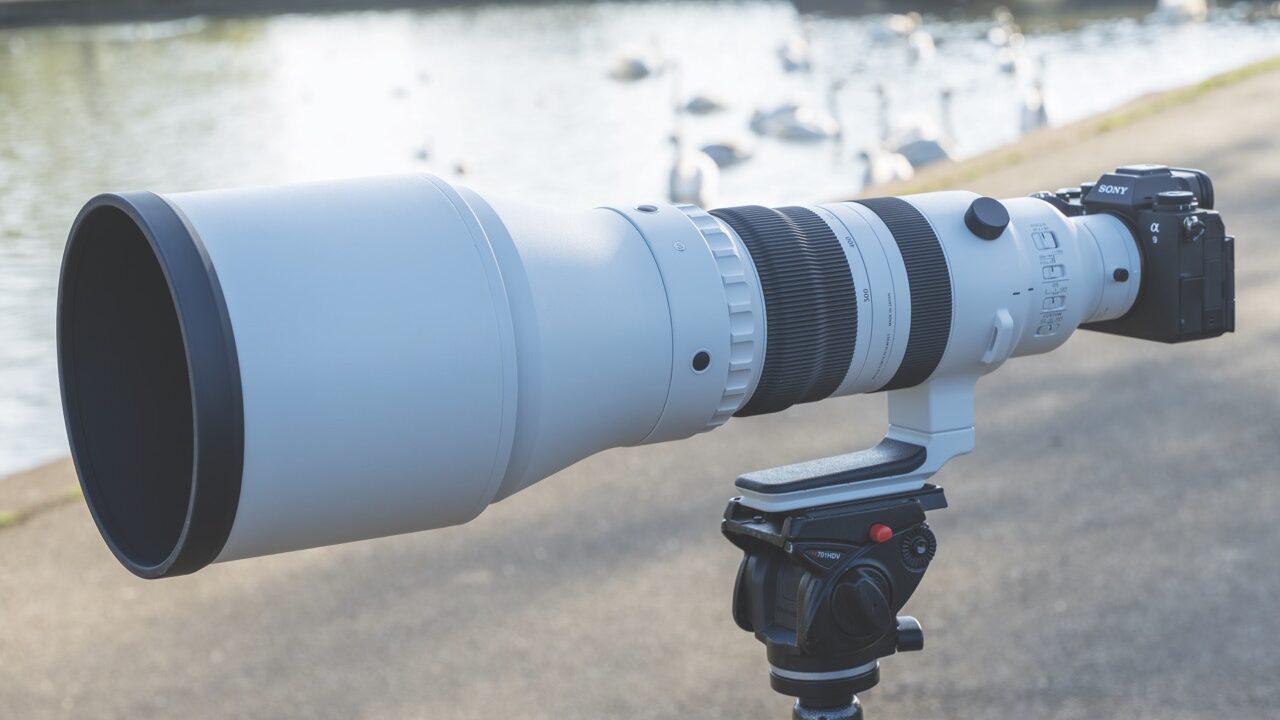
Mini test: Sigma 300-600mm f/4 DG OS Sports
Posted on Jul 8, 2025 by Pro Moviemaker
We put the hefty Sigma 300-600mm f/4 Sports lens to the test – a powerful, pro-level zoom that offers unmatched reach
Whichever way you look at it, Sigma’s new 300-600mm f/4 Sports lens is a heavyweight performer that makes a serious dint in your bank account. But for your £5899/$5999, you get a unique super-tele zoom that wildlife shooters will love. There’s nothing else like it for full-frame mirrorless Sony and L-Mount users, at any price.
The only thing with this reach and speed is Sony’s 600mm f/4 G Master. It’s roughly the same size – just a tad lighter – but costs more than double. It’s also a fixed prime rather than a zoom and only designed for Sony users. Sony also offers the £1559/$1998 200-600mm, but it has a variable aperture of f/5.6-6.3 so is much slower.
The Sigma offers far more flexibility as an all-in-one telephoto zoom built for wildlife documentaries and sports. With a constant f/4 aperture across its entire focal range, robust build and Sigma’s signature optical quality, this lens offers properties that rival the mighty Sony 600mm lens.
Whether you are at the 300mm or fully extended to 600mm, the lens maintains a consistent sharpness that can rival primes. We didn’t get the chance to do direct comparison tests with the Sony 600mm, but the Sigma does offer stunning sharpness, colour fidelity and pleasing bokeh.
The Sigma feels every bit the flagship. Weighing 3.99kg/8.8lb, it’s a heavy lens with a lot of premium glass inside. Built for harsh outdoor shoots, it uses magnesium alloy and carbon-fibre-reinforced polycarbonate, with weather sealing in key areas.
Physically, the lens is long – especially with its hood on – making any mirrorless camera front-heavy, even though Sigma has engineered many of the heavy components to be as close to the lens mount as possible to bring the centre of gravity back. But balance is critical, and for filmmaking you really need to mount it onto a tripod or monopod with a fluid head. It comes with a detachable tripod foot with Arca-Swiss compatibility, as well as a decent backpack to help you carry it into the wild. It’s a shame the bag isn’t a tad longer because then you could keep your camera mounted to it.
The 300-600mm is compatible with Sony’s Fast Hybrid AF system, and dual HLA (High-response Linear Actuator) motors inside the lens are fast, quiet and accurate. In continuous AF modes for video, tracking moving subjects is a confident experience. Whether filming a bird in flight or a racing car at full speed, the AF sticks well and delivers smooth transitions.
For manual focus users, the lens provides a traditional focus ring and full support for focus assist tools on compatible Sony cameras, including peaking and magnification. While not a dedicated cine lens, the focus rotation and responsiveness are decent. But it’s not made for a follow focus system. As it’s not a parfocal lens, it’s not ideal for zooming while filming.
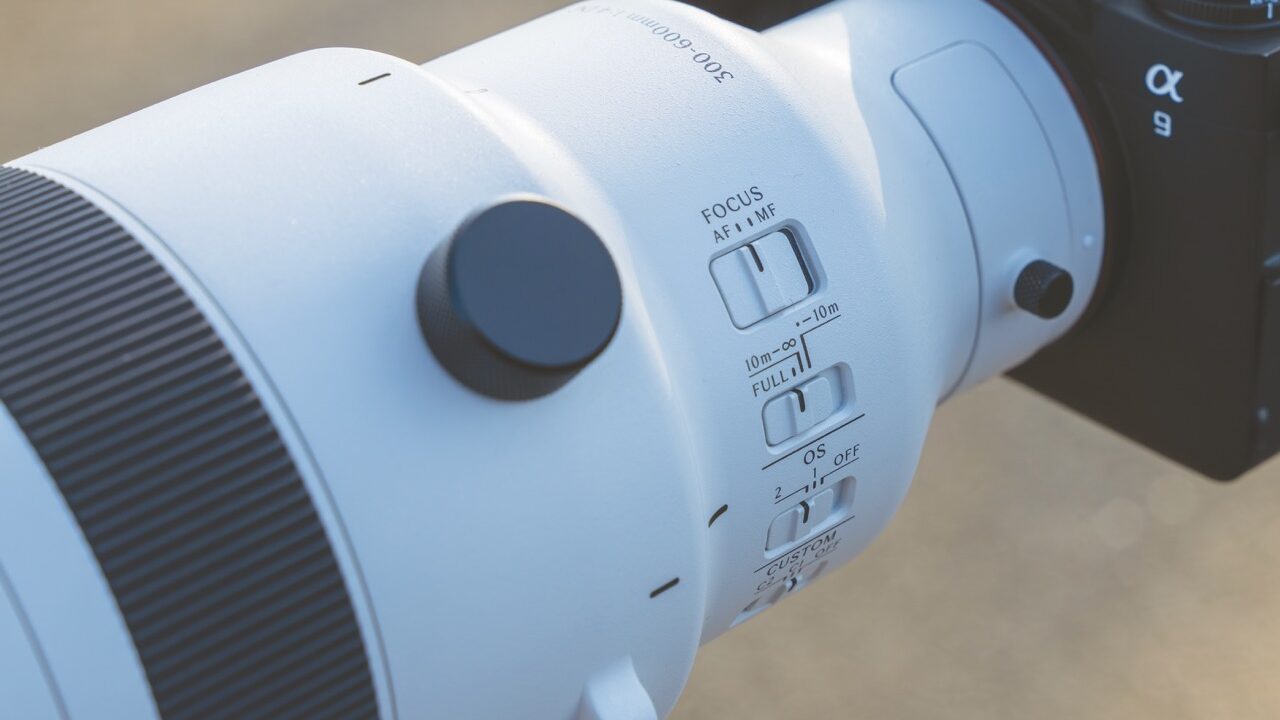
The optical stabilisation is good too. With two modes – one for general use and the other optimised for panning – it takes the wobbles out of shots at longer focal lengths. For photo use, this allows handheld wildlife sequences at 600mm without the jitter and vibration that typically plagues long lens work. As an independent-brand lens it’s limited to 15fps for stills instead of reaching the insane 120fps of a Sony A9 III with its own 600mm prime. For video, there’s no difference.
For filmmakers who want extra reach for capturing nature, the 600mm setting gives a rough equivalent of a 900mm lens when used on a Super 35 or APS-C crop camera. This was previously limited to broadcast lenses.
The L-Mount version of the lens is also compatible with 1.4x and 2x converters, but the Sony version isn’t.
Sigma’s complex optical formula has 28 elements in 21 groups, with six FLD aspherical elements and one SLD to combat chromatic aberration. The results are impressive, with minimal colour fringing, excellent contrast and detail retention, even in high-contrast scenes such as outdoor sports or backlit wildlife at golden hour.
We tested the lens capturing birds at the local river, tracking dirt bikes at speed and framing up some landscape shots, making use of the 600mm’s extreme compression.
The lens is heavy and needs support. The rotating mechanism of the tripod socket uses bearings for smooth rotation, with optional click and de-click for each 90° angle. The drop-in filter holder takes standard 40.5mm filters. Sigma has developed a new drop-in circular polarising filter and variable ND filter that can be adjusted by up to seven stops while inside the lens, but these aren’t available yet.
Its large function ring offers two different modes, selected via its setting switch. The first is focus preset mode, where turning the function ring to the left or right can instantly shift focus to a preset position; a great feature.
The other option is power focus, where focusing is altered at a constant speed. This is perfect for filming, as it allows for smooth focus shifts, and speed can be put in two settings. The lens also features AFL buttons in four different locations: focus mode, focus limiter, two-position stabilisation mode and custom mode switches.
Sigma’s mission to build top-quality lenses that offer something different to other manufacturers continues with this monster of a telephoto zoom, at a surprisingly low price considering its speed and tech.

Specifications
- Focal length: 300-600mm
- Mount: Leica L, Sony E
- Image coverage: Full-frame
- Aperture: F/4-22
- Aperture blades: 13 rounded
- Construction: 28 elements in 21 groups with 6 FLD aspherical and 1 SLD elements
- Image stabilisation: Yes
- Minimum focusing: 280cm/110.2in at wide end
- Filter size: 40.5mm drop-in
- Dimensions (wxl): 167×469.9mm/6.6×18.5in
- Weight: 3.99kg/8.8lb
Pro Moviemaker rating: 9/10
Another unique and fast, good-value zoom from Sigma
- Pros: Image quality, range
- Cons: Big and heavy
This review was first published in the July/August 2025 issue of Pro Moviemaker

